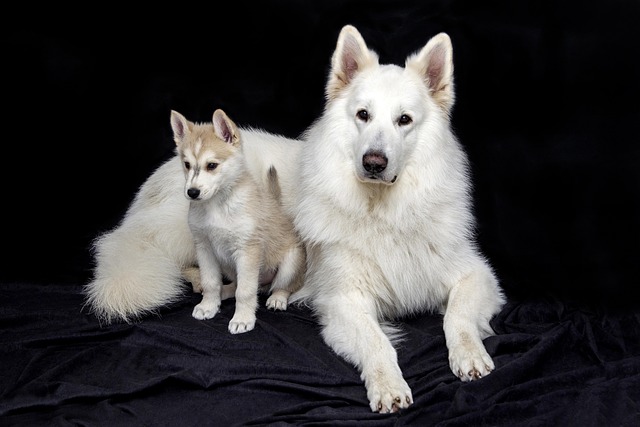
How do i train my dog to be obedient?
Watching your dog dart across the park ignoring your calls isn’t just frustrating—it can put them at risk near busy streets or public spaces.
Teaching a dog to shake hands isn’t just a party trick—it’s a fun way to bond, build trust, and sharpen their focus. Most new pup parents start with this skill because it’s low-stress and instantly rewarding, especially for energetic breeds like labs or terriers. Imagine the smiles when your furry friend lifts a paw at the park; it’s a small gesture that makes every walk feel more connected.
Dogs learn best through positive reinforcement, a method backed by animal behaviorists across the country. It’s simple: when they do something you want, reward them, and they’ll repeat it. Think of it like teaching a toddler to say “please”—consistency and kindness work better than frustration. Last month, my friend Jake tried this with his rescue beagle, using tiny bits of cheese as treats. By week two, she’d lift her paw before he even asked, tail wagging at the promise of praise.
 Here’s how to start: First, get your dog to sit—if they don’t know that yet, spend a day or two mastering it with treats. Once they’re settled, gently take their paw in your hand, say “shake,” then give them a treat and a big pat. Do this 5-10 times per session, keeping it short so they don’t get bored. For apartment dwellers, try this during quiet hours—no need to annoy the neighbors with excited barks. Over time, they’ll link the word “shake” to lifting their paw, even without you guiding them.
Here’s how to start: First, get your dog to sit—if they don’t know that yet, spend a day or two mastering it with treats. Once they’re settled, gently take their paw in your hand, say “shake,” then give them a treat and a big pat. Do this 5-10 times per session, keeping it short so they don’t get bored. For apartment dwellers, try this during quiet hours—no need to annoy the neighbors with excited barks. Over time, they’ll link the word “shake” to lifting their paw, even without you guiding them.
Always keep training positive. Yelling or tapping their paw can make them scared to try, and that’s not just unfair—it goes against the kind of care we value in our communities. In most states, animal welfare laws encourage reward-based methods, and for good reason: happy dogs are safer dogs. Also, make sure your pup is up-to-date on vaccines before practicing in public spaces like community parks. It’s the law, and it protects everyone, from kids playing nearby to other dogs.
Don’t forget the little things that make training fit your daily routine. If you live in a busy neighborhood, practice in your backyard first before moving to the park. And when you do head out, bring poop bags—cleaning up after your dog isn’t just polite; it’s required by law in almost every city. With patience, your dog will not only shake hands but look forward to the game, turning a simple skill into a daily highlight for both of you.

Watching your dog dart across the park ignoring your calls isn’t just frustrating—it can put them at risk near busy streets or public spaces.

New puppy owners often find themselves rushing to clean up accidents before they set in, and that’s where puppy pad training becomes a game-changer.

If you've noticed your dog's waistline disappearing and your veterinarian has mentioned those few extra pounds, your first instinct might be to simply reduce the amount of food in their bowl.

Training a dog to use a designated spot indoors isn’t as daunting as many new owners fear, but it does take consistency and an understanding of your pet’s needs.

That moment of dread on a walk is all too familiar for many new dog owners. You see another dog approaching down the sidewalk of your neighborhood

If the sight of another dog on your neighborhood walk makes your heart sink as your own dog erupts into a frenzy of barking and lunging, you're not alone.